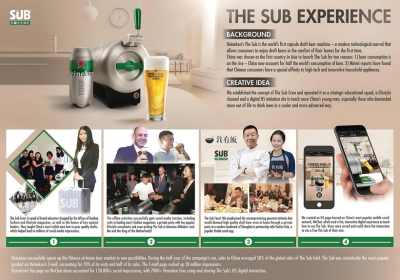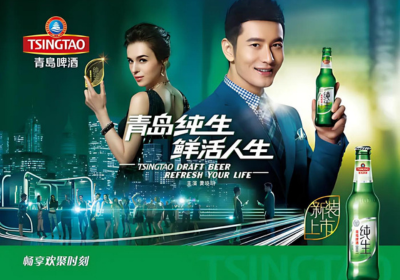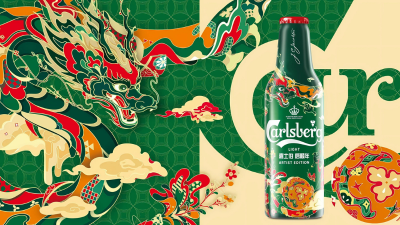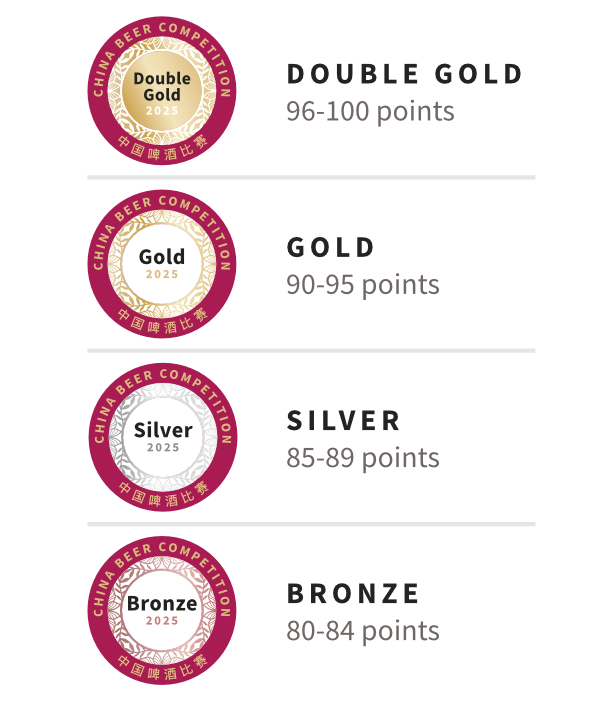November 10, 2026, Hong Kong

Understanding how to effectively market beer to China's millennials by leveraging social media, innovative branding, and tailored product offerings.
China's millennial generation, born between 1981 and 1996, represents a significant consumer base with immense purchasing power. This demographic is tech-savvy, values experience over material goods, and is highly influenced by social media and digital trends. As the beer market in China evolves, understanding what resonates with these young consumers is crucial for brands looking to establish or maintain a foothold in this dynamic market. In this article we will explore the strategies that work and those that don’t when marketing beer to millennials in China, focusing on social media, branding, and product innovation.
The Importance of Social Media in Beer Marketing
What Works: Leveraging Popular Social Media Platforms
In China, social media plays a pivotal role in shaping consumer behavior, especially among millennials. Platforms like WeChat, Weibo, Douyin (the Chinese version of TikTok), and Xiaohongshu (Little Red Book) are instrumental in reaching this audience. Effective marketing strategies include influencer partnerships, interactive campaigns, and user-generated content.

Source: The Work
For instance, Budweiser has successfully tapped into Douyin’s vast user base by collaborating with popular influencers who align with the brand’s image. These influencers create engaging content that resonates with their followers, often incorporating the product in a way that feels organic rather than forced. This approach not only boosts brand visibility but also fosters a sense of authenticity, which is crucial for millennials. Similarly, Heineken has utilized WeChat’s ecosystem to create mini-programs that offer immersive brand experiences. These mini-programs often include games, quizzes, or virtual events that engage users and encourage them to share their experiences on their social networks, further amplifying the brand’s reach.
What Doesn’t Work: Traditional Advertising Approaches
Traditional advertising methods, such as television commercials and print ads, are increasingly ineffective with China’s millennial consumers. This generation values authenticity and engagement, and they tend to distrust overtly promotional content. Brands that rely heavily on traditional advertising risk being perceived as out of touch with the digital-first mindset of millennials. Instead, integrating the brand into the daily digital experiences of consumers is more likely to yield positive results.
Branding Strategies
What Works: Aligning with Millennial Values
China’s millennials are drawn to brands that reflect their values and lifestyles. This means that successful beer brands often emphasize elements like sustainability, social responsibility, and innovation in their branding efforts. For example, Tsingtao, one of China’s leading beer brands, has revamped its image to appeal to younger consumers by highlighting its commitment to environmental sustainability. The company’s campaigns emphasize the use of natural ingredients and eco-friendly practices, which resonate with the millennial desire for ethical consumption. Craft beer brands have also gained popularity by positioning themselves as premium, artisanal alternatives to mass-produced beers. Brands like Boxing Cat Brewery and Great Leap Brewing have built strong identities around their craft origins and innovative flavors, appealing to millennials who seek unique and personalized drinking experiences.

Source: Fab News
What Doesn’t Work: Relying Solely on Brand Legacy
While legacy brands like Budweiser and Tsingtao have strong recognition, relying solely on brand heritage is not enough to capture the millennial market. This generation seeks innovation and differentiation; they are less impressed by a brand’s historical significance and more interested in how it aligns with their current lifestyle. Brands that fail to adapt their messaging to resonate with millennial values risk losing relevance in this competitive market.
Product Innovation
What Works: Flavor Innovation and Health-Conscious Options
Millennials in China are open to experimenting with new flavors and product types, making flavor innovation a key strategy for success. This generation has shown a preference for fruity and lighter beer flavors, which have led to the rise of flavored beers and beer cocktails in the market. For instance, Carlsberg’s launch of its fruity and light beer series has been well-received, catering to millennials’ preference for sweeter and more refreshing beverages. In addition to flavor innovation, there is a growing demand for health-conscious beer options. As millennials become more health-aware, they are seeking out low-alcohol, low-calorie, and even non-alcoholic beer options. Anheuser-Busch InBev, recognizing this trend, has introduced several low-calorie and non-alcoholic beers in the Chinese market, targeting millennials who want to enjoy social drinking without the associated health concerns.

Source: Carlsberg Group
What Doesn’t Work: Ignoring Cultural Preferences
One common pitfall for international beer brands is ignoring the cultural and taste preferences unique to Chinese consumers. Brands that fail to localize their products or assume that Western tastes will automatically appeal to Chinese millennials often struggle. For example, certain Western craft beers with strong, bitter flavors have not been as successful in China because they do not align with local flavor preferences. Brands must conduct thorough market research and adapt their products to suit the palate of the Chinese consumer.
The Role of Experiential Marketing
What Works: Creating Memorable Experiences
Experiential marketing, which focuses on creating memorable, immersive experiences for consumers, has proven effective in China’s beer market. Millennials, in particular, value experiences over products, and brands that can offer unique and engaging experiences are more likely to build strong emotional connections with this demographic. Heineken, for example, has successfully used experiential marketing through events such as the Heineken Green Room, a series of exclusive music events that blend live performances with immersive brand experiences. These events not only attract millennials but also encourage them to share their experiences on social media, amplifying the brand’s reach. Similarly, Tsingtao has hosted beer festivals and pop-up bars that offer interactive experiences, such as beer tastings and brewing workshops. These events are designed to engage consumers on a deeper level, fostering brand loyalty and encouraging word-of-mouth promotion.

Source: China Discovery
What Doesn’t Work: Universal or Generic Events
While experiential marketing can be highly effective, a one-size-fits-all approach often falls flat. Events and experiences need to be tailored to the preferences and lifestyles of the target audience. For instance, a generic beer-tasting event may not resonate with millennials who seek unique and personalized experiences. Brands that fail to customize their experiential marketing efforts to align with the interests and values of millennials risk coming across as out of touch or irrelevant.
Marketing beer to millennials in China requires a proper understanding of their values, preferences, and digital behaviors. Successful strategies involve leveraging social media platforms, aligning branding with millennial values, innovating with flavors and health-conscious options, and creating memorable experiences that resonate on a personal level. Brands that rely on traditional advertising, fail to adapt to local tastes, or neglect the importance of experiential marketing will struggle to connect with this dynamic and influential demographic. As China’s millennial consumers continue to shape the market, beer brands must remain agile, innovative, and attuned to the evolving preferences of this key consumer group to achieve lasting success.
Header Image Source: The China Project
Also Read:
2025 Beer Market Forecast: What Importers Need to Know
The Ultimate Guide To China’s Beer Scene
The Role Of Beer Competitions In Shaping China’s Beer Industry
Key Dates
Super Early Bird Deadline: May 20, 2026
Early Bird Deadline: July 31, 2026
Regular Deadline: October 14, 2026
Warehouse Deadline: October 22, 2026
Judging Date: November 10, 2026
Winners Announcement: November 24, 2026



